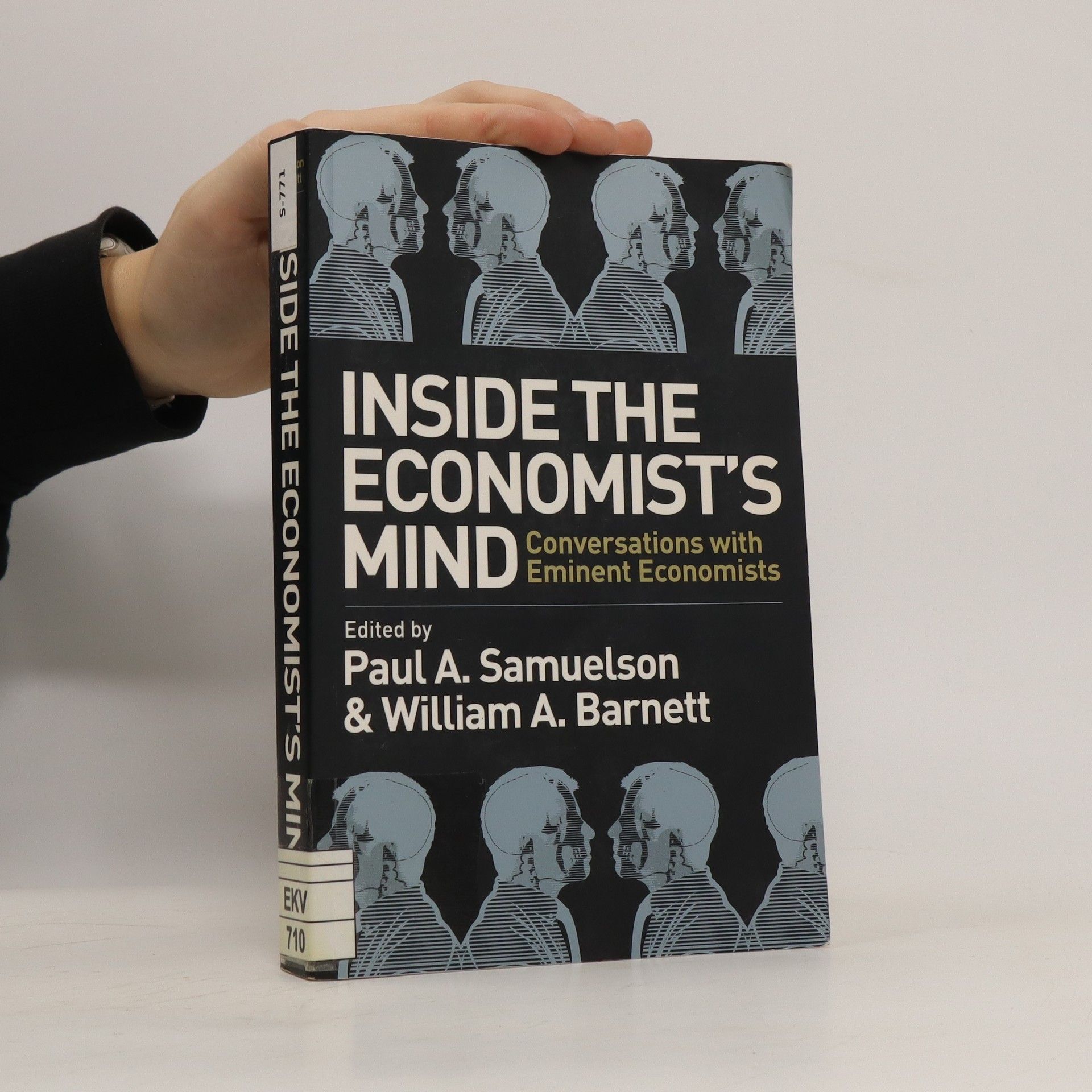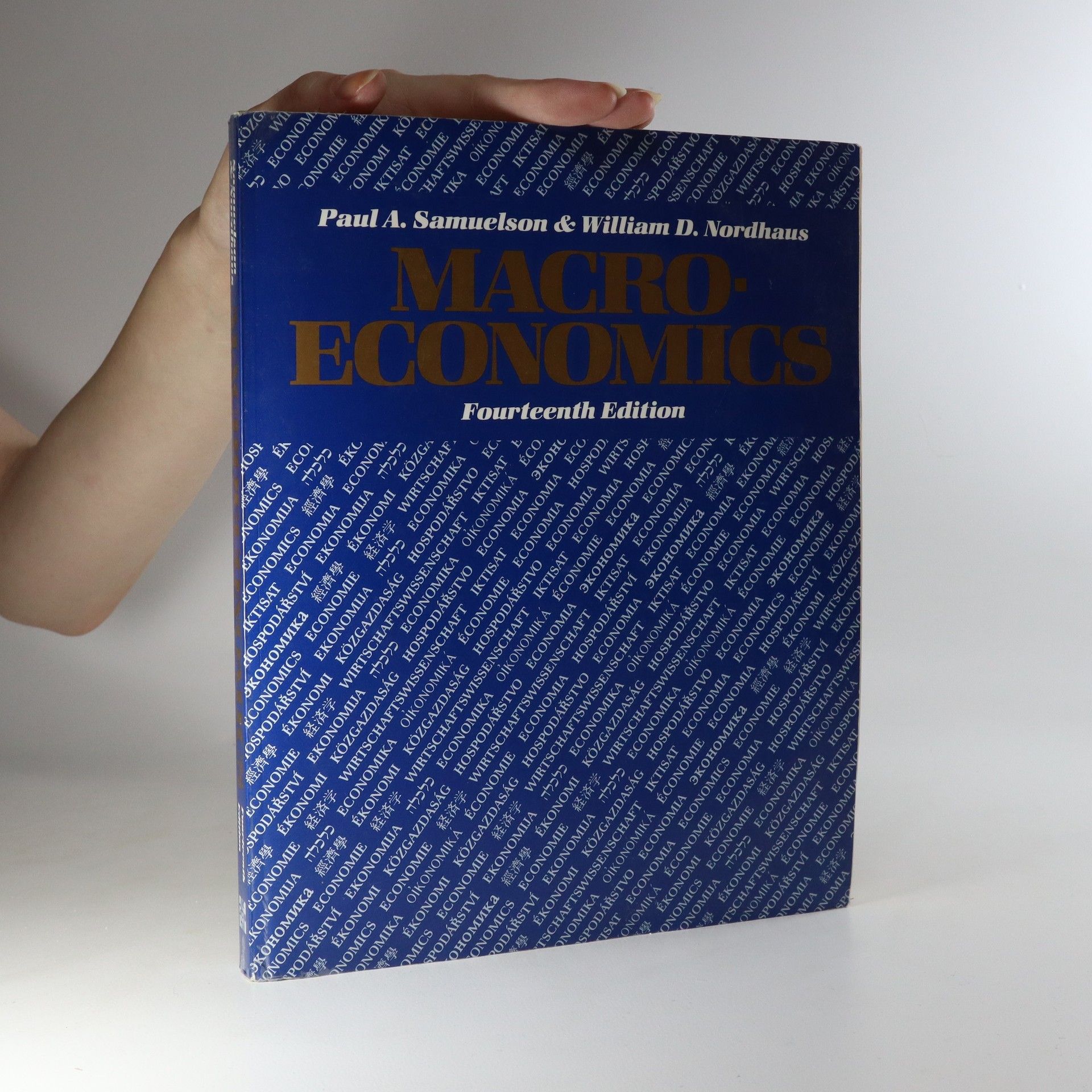Ekonomie (19. vydání)
- 716 pages
- 26 hours of reading
Jádrem 19. vydání knihy i nadále zůstávají analytické koncepty. Zvláštní pozornost je pak také věnována otázkám hospodářského růstu a analýze tržní ekonomiky. I další vydání Ekonomie stojí na kapitánském můstku při výuce úvodu do moderní ekonomie. V učebnici naleznete aktuální pohled na finanční trhy a monetární politiku, stejně jako zpracování následujících témat, jako jsou spotřební daně z pohonných hmot, odměňování vrcholných manažerů, náklady války v Iráku, bydlení a averze k riziku, finanční narušení a hospodářský cyklus, past chudoby, finanční globalizace, dále transmisní mechanismus měnové politiky v otevřené ekonomice s plovoucím měnovým kurzem a mnohé další. Zdroj: http://www.knihcentrum.cz/ekonomie/d-129096/?affil=Baila#Anotace












